Cedar vs. Pine Wood: Pros, Cons, & Differences
-
Pete Ortiz
- Last updated:
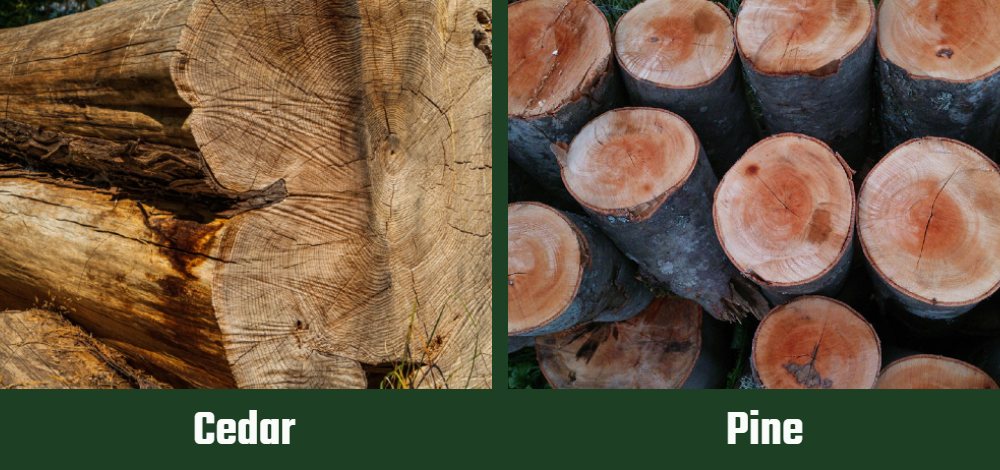
If you’ve always wanted to apply yourself and work on your patio chair or study room floor, there’s no better time than now!
With a bit of research, you may have discovered the exceptional qualities of cedar and pine. After all, they are the most common wood type for carpentry projects. They can both work for you, but you’ve got to decide which one you’ll go with.
Although they’re both great choices of wood, they have individual characteristics that’ll make them suitable for one type of work and unsuitable for the other. Knowing them will make it easier for you to find the perfect choice for your project.
In this guide, we get into an in-depth analysis of the qualities of pine and cedar, and how to tell which one of them is the best for whatever project you have in mind.
Pine Overview
Pine is a perfect option if you want timber that is durable and easy to use. The wood is derived from a tree family called conifers, famous for its variations in color.
There are over 126 various pine species, with soft and yellow pines being the favored option. Below are some of the qualities and characteristics of pine wood.
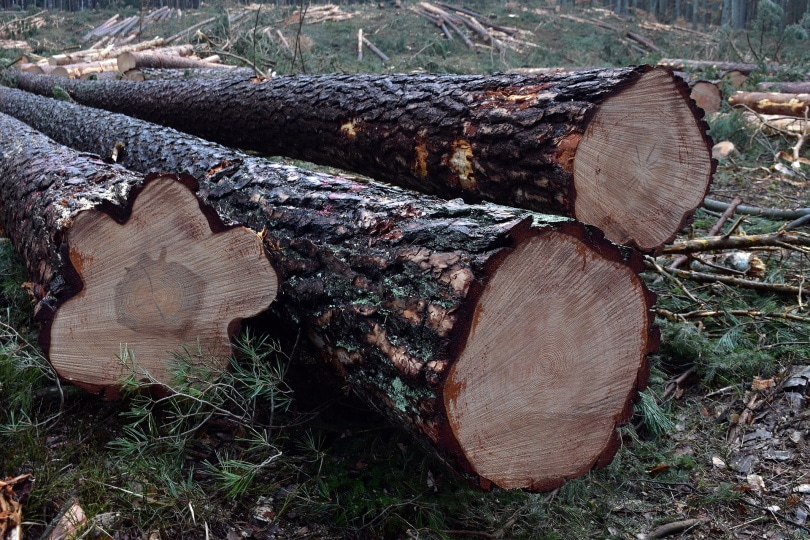
Appearance of Pine
Pinewood has an array of colors ranging from reddish-yellow to yellowish-white. You will find reddish-yellow, reddish-brown, yellow-white, and reddish-white options. The color of the timber depends on the conditions and location the tree grew.
Additionally, most pine timbers will feature straight grain with a medium–even texture. The grain structure provides you with a uniform and smooth appearance when working with this wood.
How Easy is it to Use Pine?
Pinewood is relatively soft, offering exceptional workability. It allows you to trim and model easily, and the pieces are also easy to glue together. However, pine is highly resinous, making it difficult to work on it with sandpaper.
Durability of Pine
No one wants to build fragile furniture or objects that will break at the slightest pressure. Especially with outdoor fixtures, you want something that can resist the elements and stand the test of time.
Pinewood doesn’t offer the best durability and strength. It’s highly susceptible to decay and rot, making it unsuitable for some projects. Fortunately, there’s the option of pressure-treated pine with a higher level of durability.
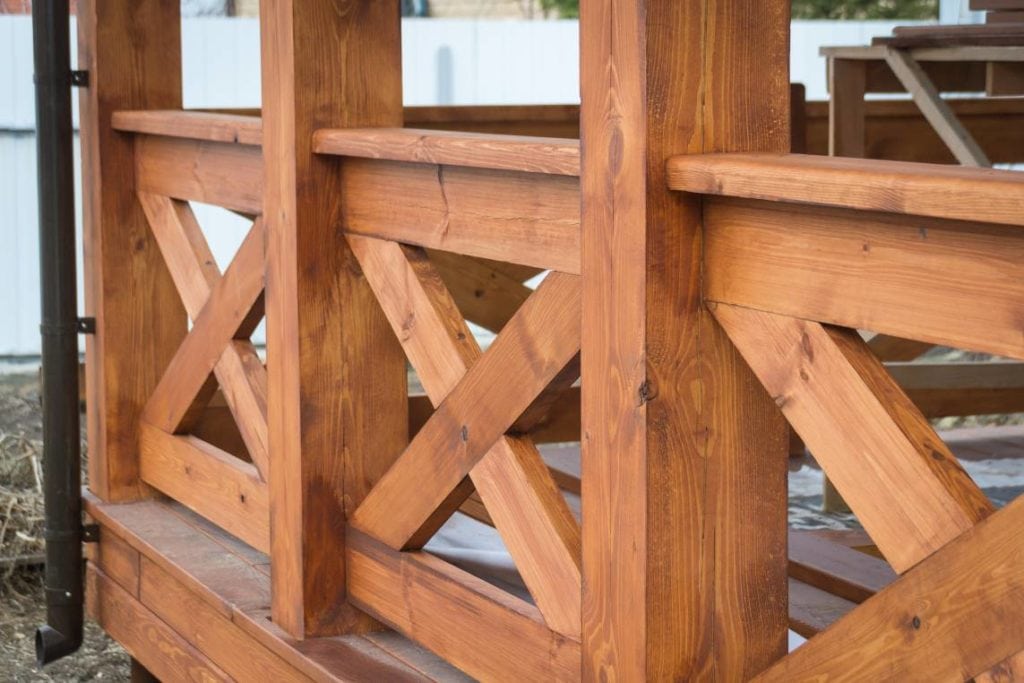
Where is Pine Mostly Used?
You can use pine wood for various projects in your house. Thanks to the grain structure, it is the ideal option for making indoor furniture. Pinewood will work well for tables, chairs, wardrobes, cabinets, drawers, and windows, among many other indoor furniture.
In summary, below are the pros and cons of using pine for your project.
- Has high soil resistance
- Easily workable
- Glues and finishes well
- Readily available
- Easily damaged by rot and decay
- Weak and less durable
- The color easily changes under sunlight
- Does not hold nails and screws easily
Cedar Overview
If you’re looking for colorful timber, cedar is your go-to option The wood is derived from a few different species, offering you unique properties different from most softwoods.
You’re likely to find two cedar species in North America: Western Red Cedar and Eastern Red cedar.
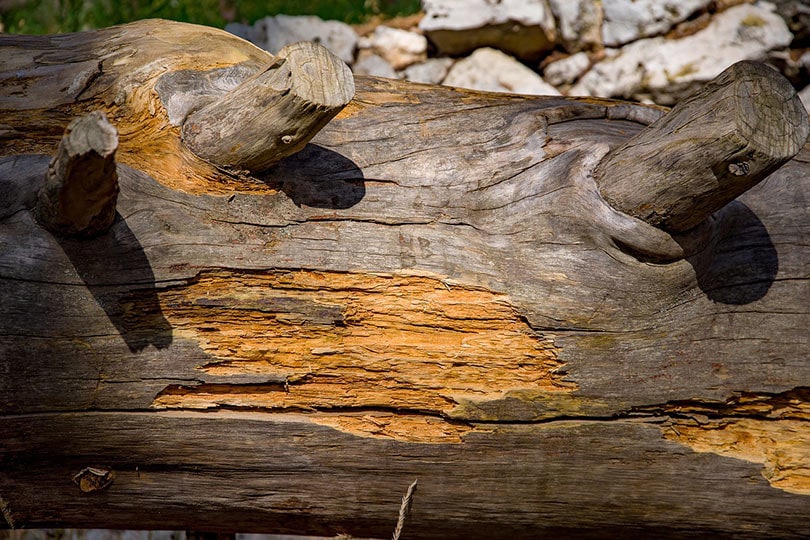
Appearance of Cedar
Cedar will give your furniture, fence, or floor a light brown color with red streaks. Western Red Cedar will give reddish, pinkish brown color with pale yellowish-white sapwood. On the other hand, Northern White Cedar offers you a pale brown or tan heartwood with white sapwood.
Additionally, cedarwood features straight grains with medium to coarse textures. All in all, cedar can be defined as wood with a classy look.
How Easy is it to Use Cedar?
Cedar will allow you to use your tools efficiently? It has a higher holding capacity for nails and screws and glues together well. Cedar is also easy to bend without breaking.
Durability of Cedar
Cedar will provide you with the strength you want for your project. The timber naturally resists rot and decay and has a medium crush strength.
Cedar has low stiffness meaning you can easily bend it. Therefore, it’s suitable for projects requiring steam bending.
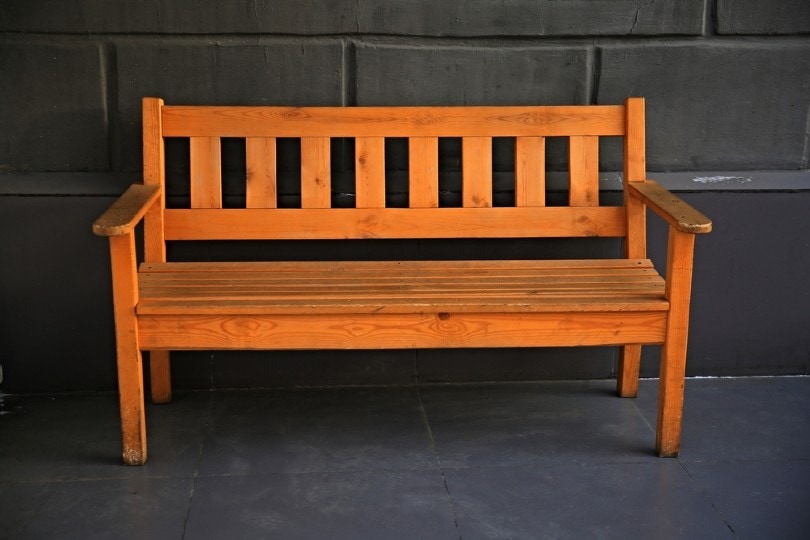
Where is Cedar Most Suitable?
Cedar is perfect for both indoor and outdoor projects, where you can use it to replace your floor or build your fence.
Outdoors, the wood is relatively resistant to different weather conditions, where it can resist decay and rot. Additionally, cedar has aromatic properties that make it perfect for clothing storage.
Its durability and malleability also make it an excellent option for making musical instruments like guitars.
In summary:
- Has an attractive color
- Easy to maintain
- Works well in various climates
- Highly durable and strong
- Not soil-resistant
- Not suitable for moist places
- Loses color in sunlight
What are the Prices and Availability for the Woods?
The budget of your project will determine the wood you choose. If you’re low on funding, cedar may not be the best option for you. While both are plenty in North America, cedar has a higher demand and is more durable, thus the higher price tag.
Conclusion
You’ll need to analyze your project carefully to decide the best wood for you. For some projects, you may prefer the strength and durability of cedar, whereas others may require the easy workability and fine finish offered by pine.
All the best in your project!
Featured Image Credit: (L) Jon Spalding, Shutterstock | (R) vasecar, Pixabay
Contents




